[Himeji City] Have a relaxing experience in a 100-year-old traditional Japanese house.
![[Himeji City] Have a relaxing experience in a 100-year-old traditional Japanese house.](https://resources.matcha-jp.com/resize/720x2000/2023/08/31-144670.webp)
Indigo dyeing may seem like a high hurdle, but in the hands of Yoshihiro Sawada, the owner of ``Soya'', which has a homely atmosphere, it turns into an interesting experience that you want to know more about.
-
Table of Contents
- Cotton Shop and Zenbei
- Try your hand at indigo dyeing at Cotton Shop!
- Weaving love with thread. The desire to revive Himeji cotton
- "Hyogo Amazing Pass" - a great value 1,000 yen one-day bus ticket
Cotton Shop and Zenbei
![[Himeji City] Have a relaxing experience in a 100-year-old traditional Japanese house.](https://resources.matcha-jp.com/resize/720x2000/2023/08/31-144671.webp)
Located on the west side of Himeji Castle, Wataya is a store that sells indigo dyed fabrics and indigo dyeing goods and where you can experience indigo dyeing.
When you step into this 100-year-old traditional house, you will find numerous beams on the wide ceiling, creating a nostalgic and warm space.
We had the opportunity to try out indigo dyeing under the guidance of Sawada Yoshihiro, who has been holding classes here for the past 20 years.
Yoshihiro, nicknamed "Zenbei-san," is the teacher at this indigo dyeing class.
![[Himeji City] Have a relaxing experience in a 100-year-old traditional Japanese house.](https://resources.matcha-jp.com/resize/720x2000/2023/08/31-144672.webp)
The reason Cotton Shop was started was because they wanted to "help with daily life in Japan" and because "even though cotton is used in everyday clothing, many people don't know how the raw materials are made, so they wanted more people to know."
![[Himeji City] Have a relaxing experience in a 100-year-old traditional Japanese house.](https://resources.matcha-jp.com/resize/720x2000/2023/08/31-144673.webp)
Due to his grandfather's work with cotton, Zenbei grew up surrounded by fluffy cotton, so cotton was a familiar presence to him.
He still has memories of playing in the warehouse, and having grown up with cotton, he wanted people to know the warmth and softness of cotton, so he thought about how he could create opportunities for many people to learn about cotton, which is why he created his current base.
![[Himeji City] Have a relaxing experience in a 100-year-old traditional Japanese house.](https://resources.matcha-jp.com/resize/720x2000/2023/08/31-144674.webp)
He says he would be delighted if people could learn about cotton through the casual and enjoyable experience of indigo dyeing, and if they could experience the charm of indigo and plant dyeing, which were so beloved by the Japanese people of the past, here.
Here is a report on the "indigo dyeing experience" taught by Zenbei.
Try your hand at indigo dyeing at Cotton Shop!
![[Himeji City] Have a relaxing experience in a 100-year-old traditional Japanese house.](https://resources.matcha-jp.com/resize/720x2000/2023/08/31-144675.webp)
This time, our buyers and editorial staff will be experiencing indigo dyeing an A4-sized eco bag.
We were shown samples of various patterns, such as polka dots, marble, and radiating ripples, and the interview began with the question, "What kind of pattern do you like?"
First, decide on the pattern you want to make, then decide whether you want the indigo color to be darker or lighter. (The more times you dip the fabric in and out of the indigo bottle, the darker it will be.)
The two of us chose darker and lighter colors and began preparations to create our respective patterns.
![[Himeji City] Have a relaxing experience in a 100-year-old traditional Japanese house.](https://resources.matcha-jp.com/resize/720x2000/2023/08/31-144677.webp)
To create the polka dot pattern, first draw polka dots on the fabric, then twist the fabric, cover it with plastic wrap, and secure it with a rubber band to prevent those polka dots from being stained with the indigo liquid.
This "tie-dye" process prevents liquid from seeping in and allows for a neat circle to be created.
![[Himeji City] Have a relaxing experience in a 100-year-old traditional Japanese house.](https://resources.matcha-jp.com/resize/720x2000/2023/08/31-144678.webp)
Repeat this process about five times. As it comes into contact with air, the color of the light green gradually changes to indigo blue.
![[Himeji City] Have a relaxing experience in a 100-year-old traditional Japanese house.](https://resources.matcha-jp.com/resize/720x2000/2023/08/31-144680.webp)
And the rubber gloves also gradually turn from pink to blue! (Watching the colors change in a short time is exciting, like doing an experiment.)
![[Himeji City] Have a relaxing experience in a 100-year-old traditional Japanese house.](https://resources.matcha-jp.com/resize/720x2000/2023/08/31-144681.webp)
Next, the editorial staff tried it out.
The marble pattern on the tote bag that I was shown as a sample looked like the sky and was beautiful, so I told Zenbei that I wanted to make something identical. He told me that the lighter colors could be completed with two dyeing processes.
![[Himeji City] Have a relaxing experience in a 100-year-old traditional Japanese house.](https://resources.matcha-jp.com/resize/720x2000/2023/08/31-144682.webp)
To make the clouds (the white parts), we tie the fabric tightly with rubber bands to reduce the surface area that is exposed to the liquid. We then attach a new vinyl string to this mass, giving it a shape that resembles a fishing pole.
![[Himeji City] Have a relaxing experience in a 100-year-old traditional Japanese house.](https://resources.matcha-jp.com/resize/720x2000/2023/08/31-144683.webp)
Gently place this in the indigo bottle. Repeat this two or three times, then rinse with water.
![[Himeji City] Have a relaxing experience in a 100-year-old traditional Japanese house.](https://resources.matcha-jp.com/resize/720x2000/2023/08/31-144685.webp)
"If the bathroom had a normal sink, customers might think that they had to do housework because they had to remember the bathroom at home. So we used chic tiles around the bathroom to avoid that. We wanted to create a space where customers could take a breather and forget about work at home."
![[Himeji City] Have a relaxing experience in a 100-year-old traditional Japanese house.](https://resources.matcha-jp.com/resize/720x2000/2023/08/31-144686.webp)
When I spread out the washed fabric, a wonderful pattern was created. The finished color and pattern were completely different from when I was dyeing it, and I was very happy with how beautiful and vibrant the colors were. The polka dot and sky patterns were completed.
Members' impressions
The renovated old house was very nice, and the indigo dyeing experience was full of charm, including Zenbei's stories and personality. The excitement of the process of making the eco-bag was extraordinary. Another appealing point was that you could freely choose the pattern, color, and everything else you wanted, so it's an experience I can confidently recommend to others! (YUKA)
It was my first time experiencing indigo dyeing, and I was worried about whether I would be able to do it well, but Zenbei-san taught me kindly and with a touch of humor, based on the image of what I wanted to make, so I was able to finish a tote bag that was even better than I had imagined! It's no wonder that elementary school students say, "This is so relaxing," and the atmosphere is soothing and relaxing. (CHIKAKO)
Weaving love with thread. The desire to revive Himeji cotton
![[Himeji City] Have a relaxing experience in a 100-year-old traditional Japanese house.](https://resources.matcha-jp.com/resize/720x2000/2023/08/31-144690.webp)
During the Edo period, cotton cultivation flourished in Himeji , and Himeji cotton was distributed throughout Japan under a monopoly by the Himeji Domain. This is said to have led to the recovery of the finances of the Himeji Domain, which was struggling at the time.
With this history in mind, Zenbei has started a project to revive "Himeji Cotton". Together with his friends, he grows "Himeji Cotton" using traditional methods and without the use of pesticides in the fields of Yumesaki Town, and is working to spread the word by opening it up to educational programs at elementary schools.
Zenbei-san smiles and says he was very happy when a student he taught over 10 years ago came to Cotton Shop to experience indigo dyeing for the first time in about 20 years, and was glad that it remained in the back of his mind.
The cotton fabric woven from "Himeji cotton" is thin and soft to the touch, and currently, ideas are being collected and discussed on how to utilize the good qualities of Himeji cotton, such as commercializing it into a product or creating an experience that will warm people's hearts. This activity is being carried out by "Watatomo," a membership system for people who want to enjoy cotton.
If you have any of the following thoughts, please contact us at the address listed below: "I want to grow cotton!" "I want to spin thread!" "I want to try weaving or knitting!" "I'm interested in commercializing cotton!"
Soya INFO ☎079-294-5555
Cotton House website is here
![[Himeji City] Have a relaxing experience in a 100-year-old traditional Japanese house.](https://resources.matcha-jp.com/resize/720x2000/2023/08/31-144689.webp)
At typical indigo dyeing facilities, the "pattern" and "number of times to dip" are decided in advance, but at "Cotton Shop" everything is free! The indigo dyeing experience with Zenbei, who is easygoing and unique, passed by in a flash and was a very pleasant time.
It has been designed so that anyone, from small children to adults, can enjoy it, so why not try indigo dyeing with your family, friends, or partner?
"Hyogo Amazing Pass" - a great value 1,000 yen one-day bus ticket
Hyogo Amazing Pass
With this ticket, you can not only ride all local buses (orange Shinki buses) that run within Hyogo Prefecture for one day, but you can also ride the City Loop and Port Loop, which connect Kobe's major tourist spots, as much as you like.
Luggage storage service
Would you like to go sightseeing empty-handed?
What are good things and good experiences? There are many characteristics such as having a story to tell, overflowing with the thoughts of the creator, having a history, and being loved by the locals. Have you ever come across a special thing or experience that made you want to tell someone about it? And as a result of telling, someone new leads to something. We think that's what "good" is all about. In order to deliver such encounters to our customers, we discover Hyogo's good things based on the concept of "talk, communicate, and connect", and provide information that will shorten the emotional distance between customers and the region of Hyogo Prefecture.
The contents on this page may partially contain automatic translation.


![[Hyogo Prefecture] Unlimited rides on local buses for just 2,500 yen! Travel around Hyogo Prefecture at a great price](https://resources.matcha-jp.com/resize/200x2000/2023/09/25-146913.webp)




















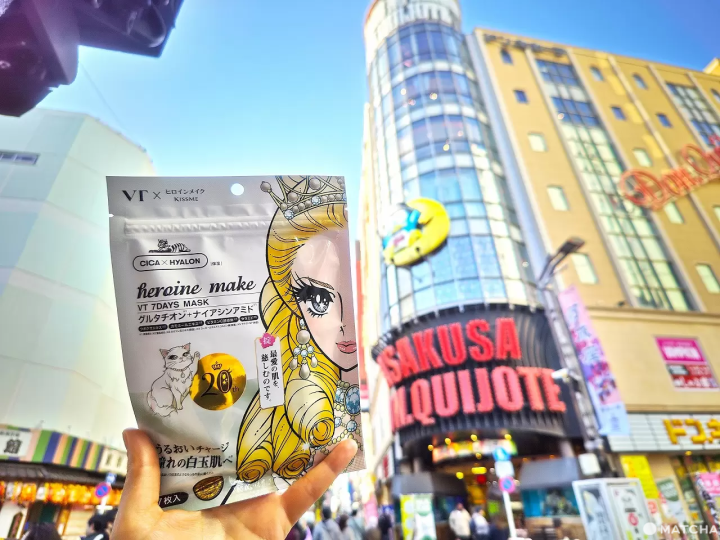
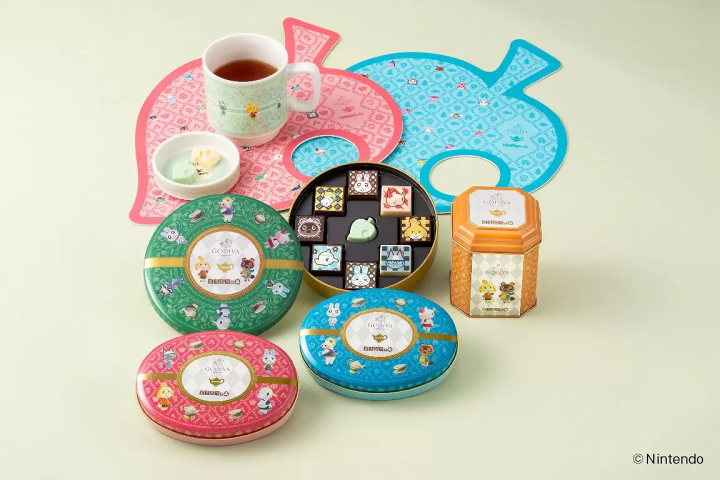
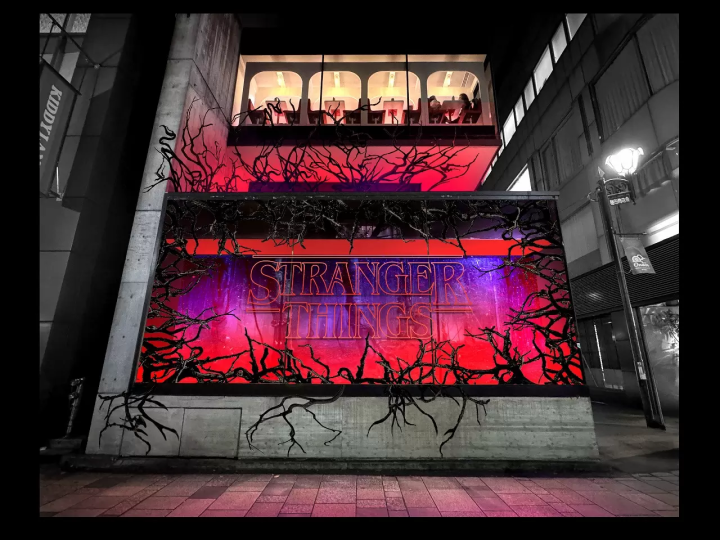
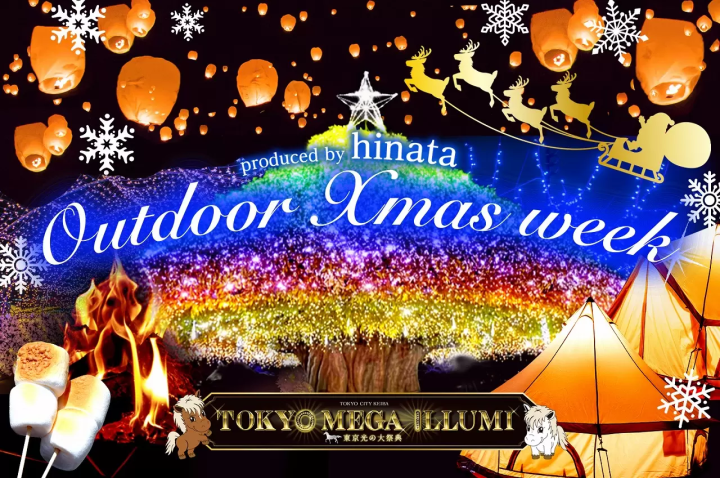
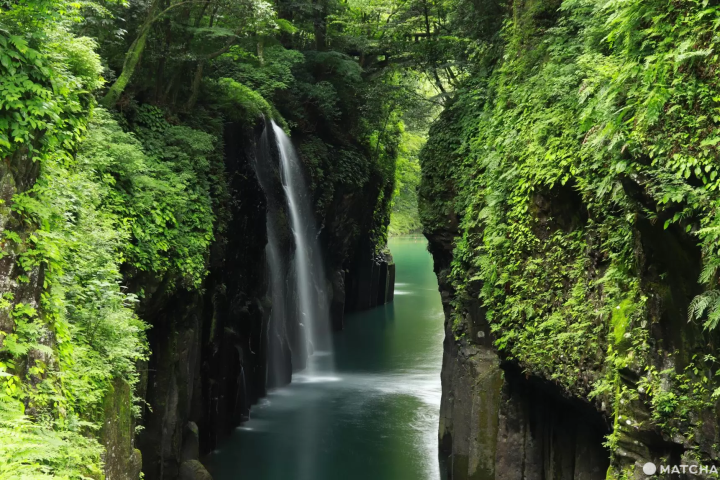




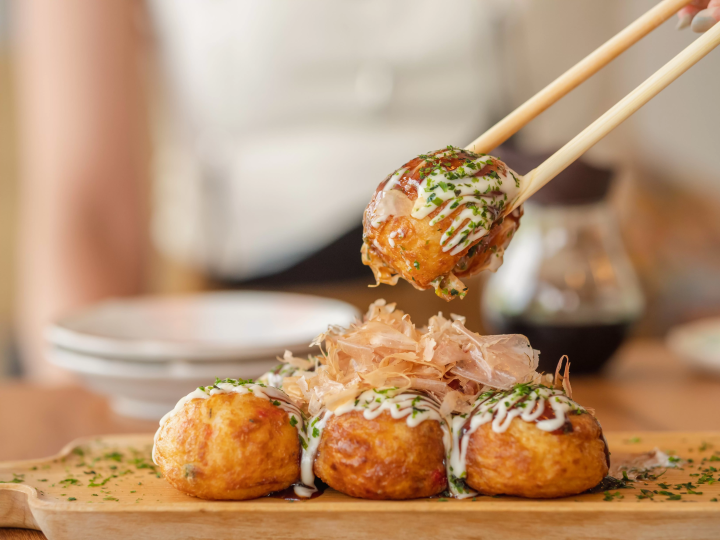
![[2026 Edition] FORMUAL 1 JAPANESE GRAND PRIX Information](https://resources.matcha-jp.com/resize/720x2000/2025/10/05-245984.webp)


![[2025 Update] Namba's spectacular illuminations! "Namba Hikari Tabi" with approximately 1 million shining lights](https://resources.matcha-jp.com/resize/720x2000/2025/12/12-252825.webp)